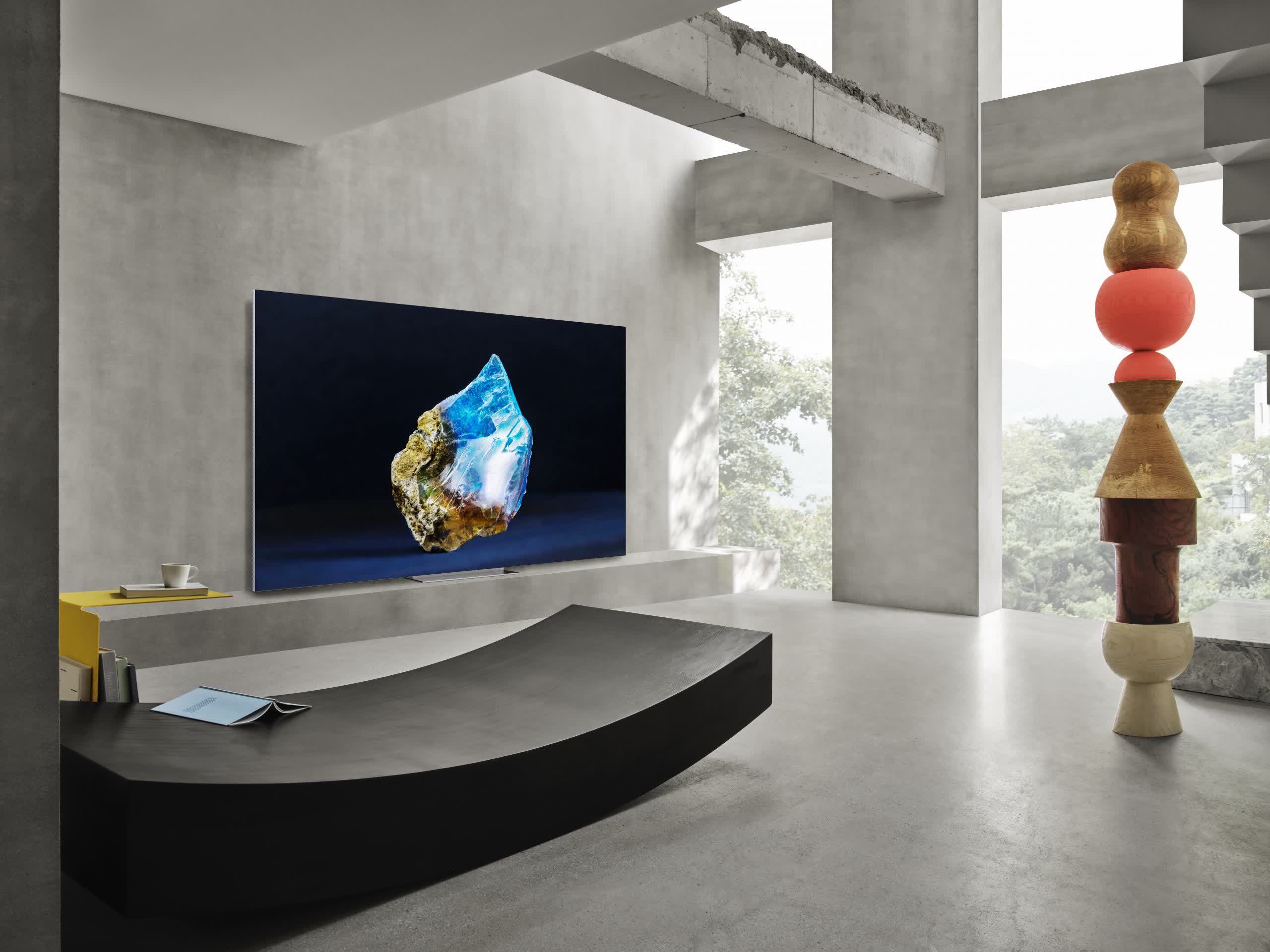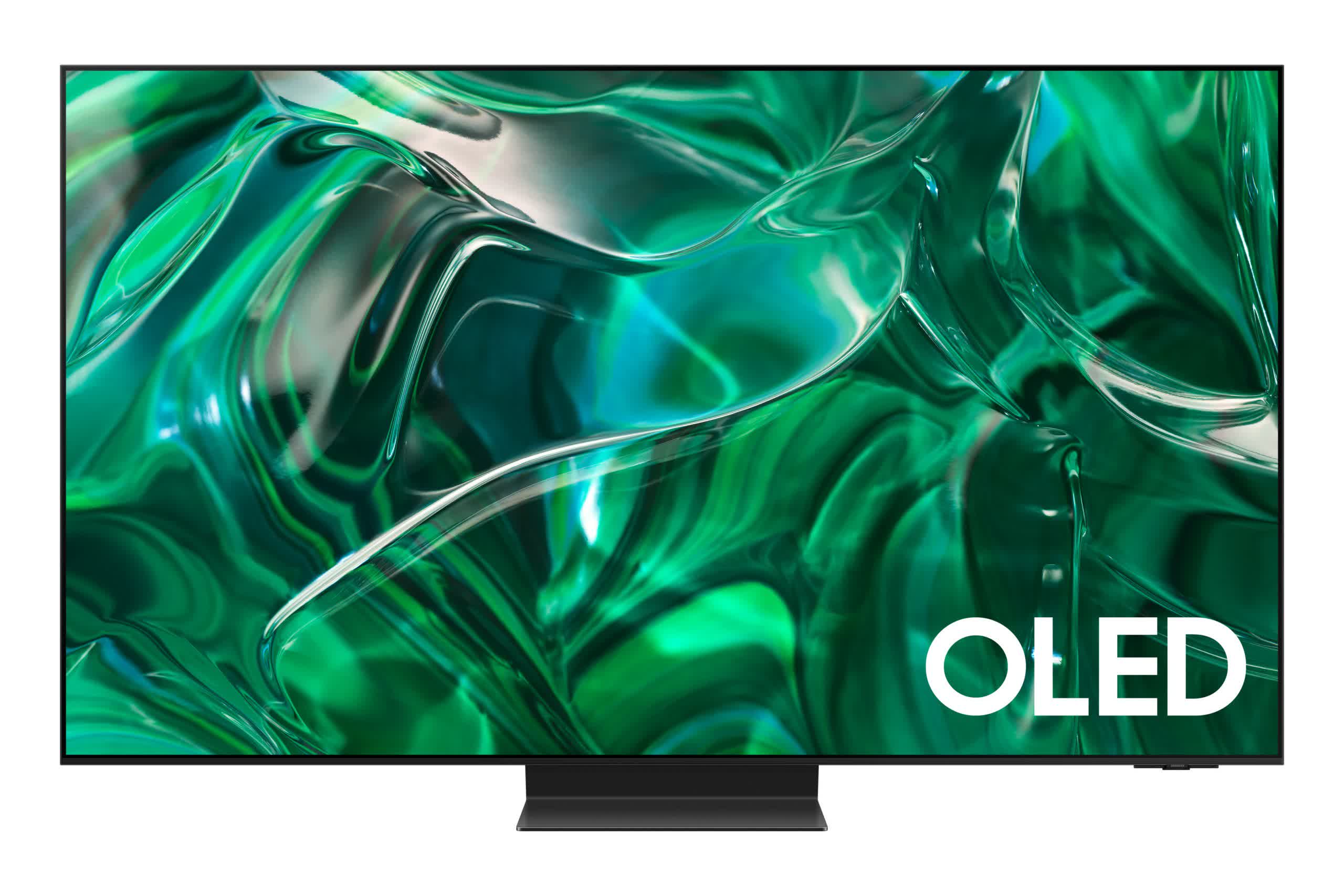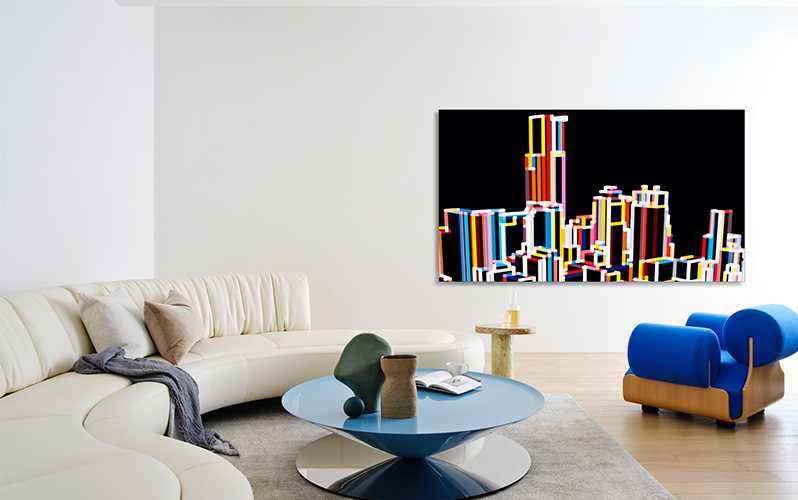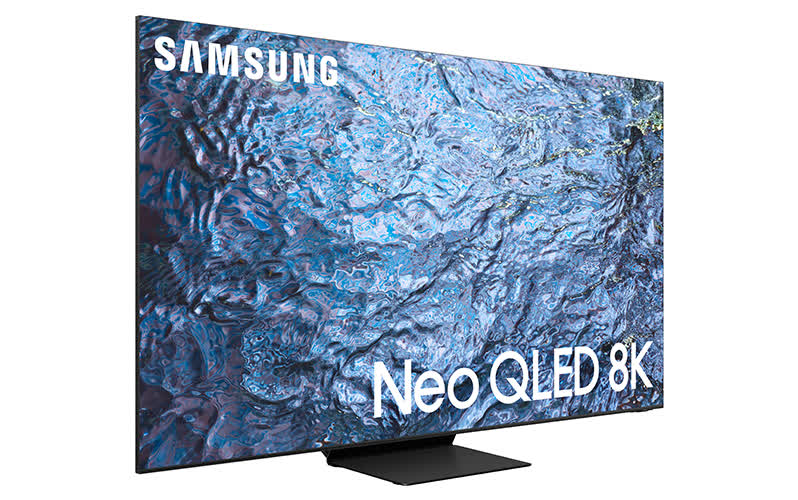What just happened? Samsung always makes a slew of product announcements in the run-up to and during CES, and this year is no different. The latest category to be unveiled is its 2023 televisions that include new Neo QLED, MicroLED, and OLED sets.
LG found its dominance in the OELD television market challenged in 2022 when Samsung released its first OLED model in years, the S95B QD-OLED, which addressed one of the display technology's drawbacks by producing better brightness and color representation. At CES, the company has announced an updated version of the S95B QD-OLED that goes all the way up to 77 inches; its predecessor came in only 55- and 65-inch sizes.
In addition to being a great TV in its own right, the S95C QD-OLED sounds like it could be perfect for console and PC gamers. It features a 144Hz refresh rate, 0.1-milisecond response time, AMD FreeSync Premium Pro certification, 4K support for Nvidia GeForce Now, and the Microsoft Xbox cloud gaming app in the Tizen OS. It also has a 70-watt 4.2.2-channel Dolby Atmos speaker setup.
Samsung adds that its 2023 QD-OLED lineup features advanced optimization algorithm IntelliSense AI and new OLED HyperEfficient EL material, allowing the peak brightness to reach over 2,000 nits. Expect HDR10+, but probably not Dolby Vision, along with Bixby, Alexa, and SmartThings integration.
Elsewhere, Samsung has announced it wants to make its MicroLED displays (masthead image and above) more widely available. The technology, which is found in its enormous and expensive The Wall televisions, will now be available in 50-, 63-, 76-, 89-, 101-, 114- and 140-inch models, so not all of the sets should cost five or six figures (maybe). But with features such as 240Hz refresh rates, 2-nanosecond response times, and 20-bit black detail, even the smallest size will likely be pricey.
Finally, there are the Neo QLED TVs. With an 8K Quantum Mini-LED-lit panel that can reach a peak of 4,000 nits, the flagship QN900C sounds especially enticing. It boasts a 14-bit backlight, better contrast via the improved 8K Real Depth Enhancer Pro software, and an Auto HDR Remastering algorithm that can apply HDR effects to SDR content like old movies and shows.
There's also the 4K QN935C Neo QLED. It has tiny (20mm) bezels, top-firing speakers for Dolby Atmos sound, and, like the QN900C, features built-in Zigbee and Matter Thread all-in-one modules to turn it into a smart home hub.
Check out Samsung's other CES reveals, including its new line of monitors, an oven with an internal camera, and its Flex Hybrid display.
https://www.techspot.com/news/97156-samsung-2023-tv-lineup-includes-2000-nit-77.html



